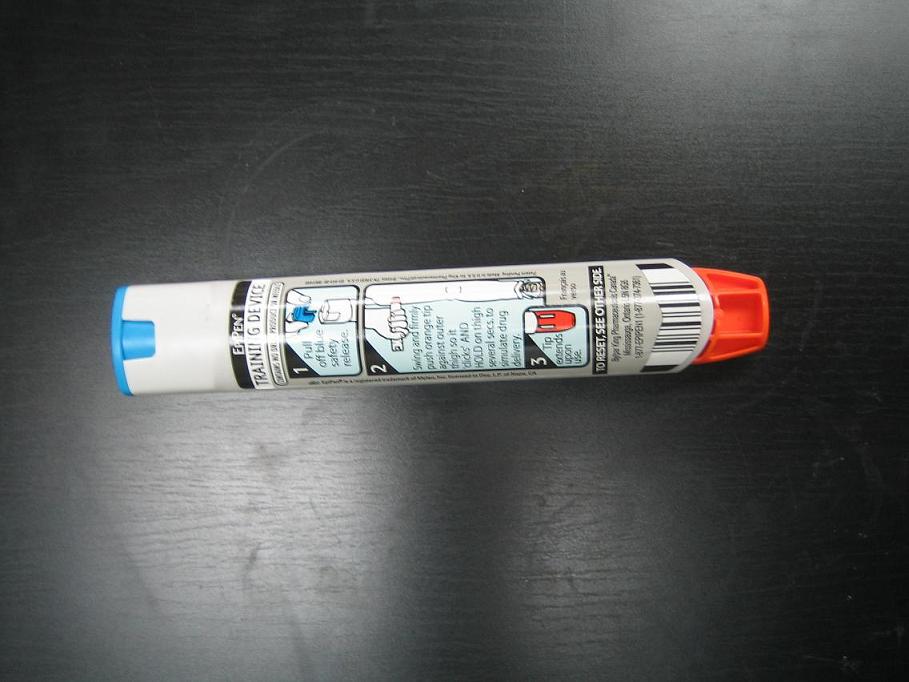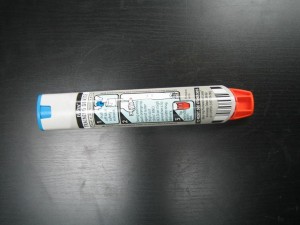Bug bites and stings are relatively common among children. With this in mind, it is vital to be well aware on how to prevent and properly care for insect bites and stings.
Preventive measures
- Always make sure that the child has covered his/her skin with enough clothing as possible such as long-sleeved shirts, socks, long pants and a hat.
- Wear clothing in light colors to avoid attracting insects.
- Do not use any scented soaps or other products since fragrances are known to attract insects.
- Apply an insect repellant on a regular basis. The commonly used repellants that are effective and safe for children are those that include less than 10% DEET or those that contain soybean oil or citronella. Just remember to carefully following the usage instructions on the packaging.
Children who have previous severe reactions must have an on-hand epinephrine auto-injector for prompt administration, but it is vital to call for emergency assistance. - The insect repellant should be applied to clothing instead of the skin so that it will not be absorbed.
- Cleanse off the insect repellants as soon as possible.
- Avoid staying in areas where insects usually nest.
- Perform daily checks on the body of the child when he/she has a possible exposure particularly when hiking or camping to prevent tick-borne diseases including Lyme disease.
- Install door and window screens to stop insects from entering the house.
Management of bug bites and stings
Many children with bug bites and stings only require symptomatic treatment for the symptoms of itchiness and pain.
Dealing with anaphylaxis
Some children who are sensitive to the venom from bug bites and stings can end up with serious anaphylactic reactions. Since this is a life-threatening reaction, treatment must be started right away and get in touch with the local emergency services. A shot of epinephrine is the main form of treatment for anaphylaxis.
Children who have previous severe reactions must have an on-hand epinephrine auto-injector for prompt administration, but it is vital to call for emergency assistance.
Since children do not always outgrow these reactions, an assessment by a doctor is beneficial in confirming the allergy and allergy shots might be considered. These shots work by protecting the child from future reactions to bug bites or stings. Children typically start with weekly shots of gradually increasing strength of the insect venom. This is followed by monthly maintenance shots so that protecting lasts.
Symptomatic treatment
Most cases of bug bites and stings only trigger localized reactions including swelling, pain, redness and itchiness. After the site of the bite or sting has been thoroughly cleansed with water and soap, other symptomatic treatment options can help the child feel better such as the following:
- Apply a cool compress or an ice pack.
- Use a meat tenderizer solution that can be prepared by combining one-part meat tenderizer with 4 parts water. This is useful for sore stings from bees, ants or wasps. For the best results, immerse a cotton ball in a meat tenderizer solution and rub on the bite or sting site for 15-20 minutes.
- A topical steroid or other topical anti-itch creams on the area
- Prepare a baking soda paste
Other medications including oral antihistamines can be used for itchiness and/or pain medications such as acetaminophen or ibuprofen. For cases that involves extensive localized reactions, they might require a short course of oral steroids. In some cases, antibiotics might be required if the bite site becomes infected.


